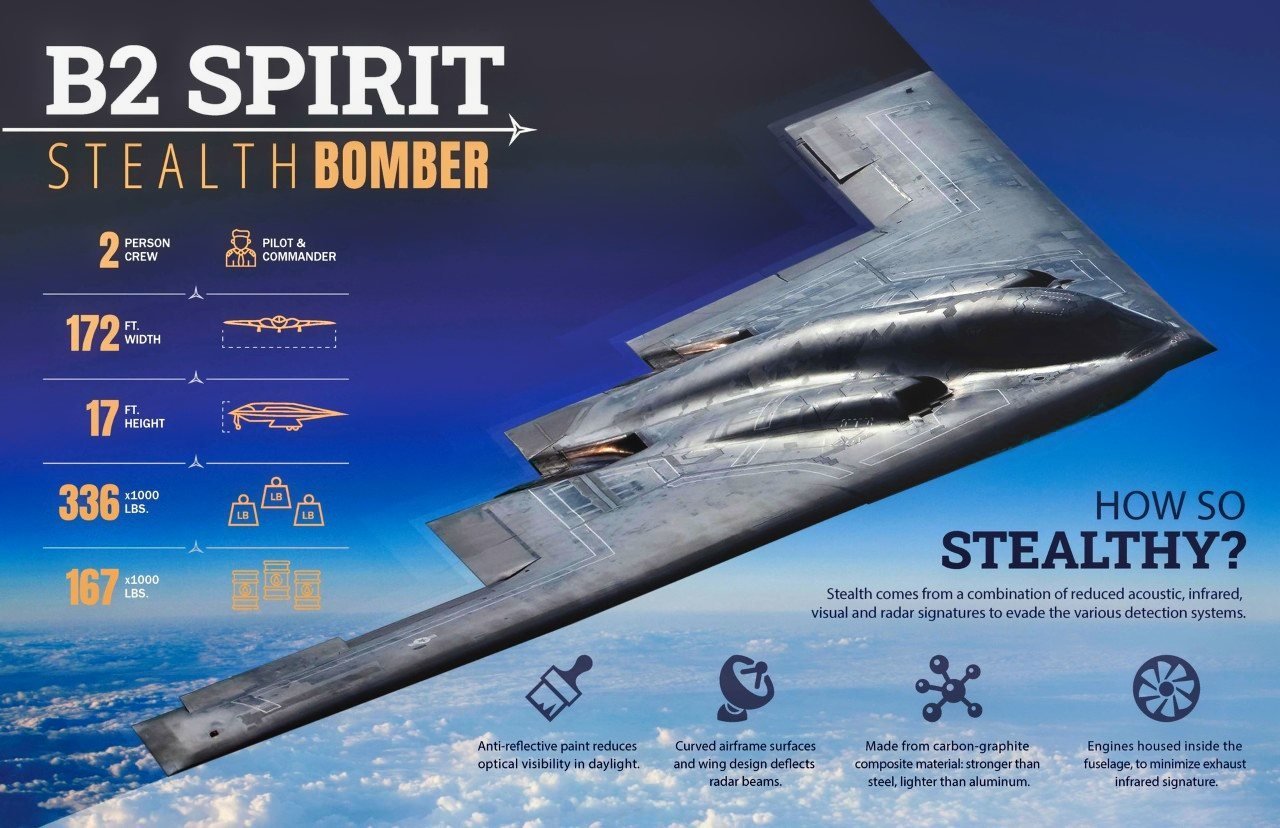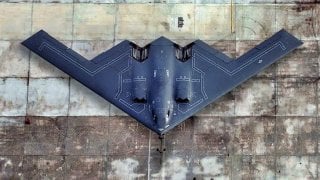History Shows the B-21 Raider Bomber Could Get Slashed
Could the B-21 suffer a similar fate as the B-2, meaning procurement projections might be slashed mid-production? History suggests it could happen.
Summary: The fiscal year 2025 budget for the B-21 Raider suggests a cautious approach, allocating $2.7 million for initial production without specifying quantities.
-This mirrors the U.S.'s history with stealth bombers like the B-2 Spirit, which saw its numbers drastically cut post-Cold War. Initially projected at 132 units, only 20 B-2s were made due to the Soviet Union's dissolution altering defense priorities.
-High operational costs made the B-2 impractical without a clear adversary. While the B-21's fate could similarly be affected by geopolitical and fiscal changes, today's more informed war planning might better predict and justify its procurement needs.
Will the B-21 Raider Face the Same Fate as the B-2 Stealth Bomber?
The fiscal year 2025 budget sought $2.7 million for the procurement of “an unspecified amount” of initial production B-21 Raider stealth bombers. While the number of B-21s to be procured remains unspecified, the United States’ history of procuring stealth bombers, namely the B-2 Spirit, suggests that possibly the B-21 procurement numbers could be slashed.
The B-2 was the world’s first operational stealth bomber. Developed and produced through the 1970s and 1980s, initial B-2 procurement projections called for 132 aircraft. Yet, B-2 production was halted after just twenty aircraft had been delivered, less than one-sixth of initial projections. So, what happened? Essentially, the dissolution of the Soviet Union is to blame.
A Cold War mentality
The Cold War was a different time, with a different mentality. The conflict was framed in existential terms, so military spending was seen as commensurate to our nation’s survival. Not only was the United States willing to invest heavily in defense spending, but the defense spending was geared specifically toward matching and surpassing Soviet weapons development. The result was a military development environment in which cost was a peripheral concern. The environment led to the development of many advanced systems.
Yet, the Cold War ended quite suddenly, without much warning, leaving the United States in a full-blown war footing without a standing enemy. In the United States, the victory was celebrated. But the victory also caused a sobering, morning-after inflection point. Suddenly, without a standing enemy, the unbridled investment in new, envelope-pushing defense systems, which had seemed so rational in the 1980s, seemed indulgent in the 1990s. Several development programs, which had been initiated enthusiastically and with high procurement projections in the 1980s, were reevaluated in the post-Cold War light. Taxpayers suddenly had questions about how much of their tax base was being spent on defense. Congressional representatives began to mirror the concerns of their constituents. How many F-22 Raptors do we need? How many Seawolf submarines do we need? Plugs were pulled on programs that were just ramping up, despite the merits of the technology. One of the plugs belonged to the B-2 stealth bomber.
Paying for the B-2
In the 1990s, the B-2 was especially controversial. The Government Accountability Office disclosed that the B-2 would be “by far, the most costly bomber to operate on a per aircraft basis,” costing three times as much as the B-1 annually ($9.6 million) and four times as much as the B-52 annually ($6.8 million). The runaway costs for operating the B-2 were palatable when the stealth bomber was seen as a key to nuclear deterrence in a death struggle between two nuclear-equipped superpowers. But without the Soviet Union to fly deep penetration bombing missions against, the operating costs of the B-2 just didn’t make much sense.
Ultimately, just twenty B-2s were procured—costing about $2 billion per unit, making it the most expensive aircraft per unit in military aviation history. Yet, despite the cost, the B-2 application has been extremely limited.
A Similar Fate?
Could the B-21 suffer a similar fate as the B-2, meaning, could procurement projections be slashed mid-production?
Sure. The B-2 is hardly an isolated incident. But the B-2 cost cuts happened because of a unique watershed moment—the before and after of the Soviet Union’s collapse. The B-21 is unlikely to encounter a comparable event, something relatively unexpected yet world-order-changing-consequential.

War planners today likely have better forecasts of the geopolitical order that the B-21 will be operating within (relative to the B-2), and hence can likely make better procurement projections. But procurement of something as expensive as a stealth bomber is subject to myriad, shifting variables over the course of decades. Things can change.
Author Profile: Harrison Kass
Harrison Kass is a defense and national security writer with over 1,500 total pieces on global affairs issues. An attorney, pilot, guitarist, and minor pro hockey player, Harrison joined the US Air Force as a Pilot Trainee but was medically discharged. Harrison holds a BA from Lake Forest College, a JD from the University of Oregon, and an MA from New York University. Harrison listens to Dokken.
All images are Creative Commons.


